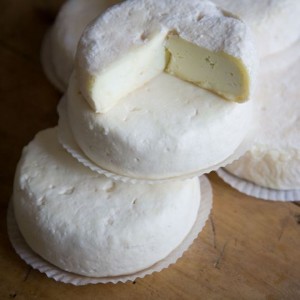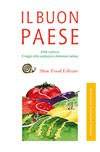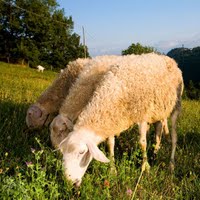
I am bombarded daily with travel queries for Italy. They are almost all the same: Do you know a great villa to rent in Tuscany? What is the best seaside resort in Italy? Can you send me your list of restaurants in Rome/Florence/Venice? I’m always happy to oblige, and almost always have the obvious (at least to me) answers. At the same time I try to get friends to experience an Italy that is not so obvious. Many of my friends are chronic foodies, and so are always on the prowl for that undiscovered trattoria, that hard-to-find cheese, or a type of pasta that is only made by one family in a god-forsaken town in the hills of southern Italy. Here too, I am happy to open my little black book. But now my role has become that much easier since (finally!) Slow Food has re-issued what I consider to be one of its most useful (in every sense of the word) publications: Il Buon Paese.
Since 1986 Slow Food has been dedicating itself to the salvation of local and traditional foods and culinary traditions. Started in Italy, it is now a world-wide organization numbering over 100,000 members. Early on Slow Food realized that simply saving seeds or rare breeds alone wasn’t gonna do it. They needed to connect farmers and food artisans to potential customers so that they could thrive. I think that one of their best, yet undervalued, tools for doing this was the guide book, Il Buon Paese, first published in 2000. 
I cherished my copy and lent it out only to good friends who I knew would hand it back to me when they were done. The book carefully tracked Italy, region by region, with over 2000 entries on food producers and artisans up and down the boot. While you could find the most authentic cheese, oil and salumis in each region, it also went beyond that holy trinity to include fruits, vegetables, grains and more. This precious book not only lead me – and myriad other food obsessed travellers – to hidden treasures, it allowed us to support these artisans by providing a much-needed customer base.
But my copy was getting dog earred and it had been out of print for a while. Which is why I was so happy that a new, updated edition has hit the shops. But now the bad news: like most of Slow Food’s best and most useful publications, Il Buon Paese is only published in Italian. And, I guess that is why it is only available for sale in Italy. (at least that is what it says on their web site.) I have a feeling that your local bookstore can get it for you, but at least for the moment it seems to be impossible to direct order it from Slow Food.
But, if you do end up renting that villa in Tuscany or going to the seaside in Puglia, try to get yourself to a local bookstore. With a copy of Il Buon Paese in your hands you’ll not only end up off the beaten track, you’ll be eating well (duh!) as well as helping to support local, sustainable and traditional culinary traditions. Not a bad thing to add to a holiday.
Great article. A friend of mine has a little place near L’Aquila just outside of Rome where he organizes hikes to mountain overnight shelters, or home cooking evenings, and tasting trips to high altitudes cheese factories and nearby vinyards.
A villa in Tuscany can be wonderful, but most of Italy had wonderful places with great local food traditions that waiting for you. The Slow Food movement is one of the best ways to hook into it. If it’s someone’s first time to Italy and they will be here for two weeks or less, I always suggest keeping to the Venice, Florence, Rome trio, with at most a day trip here and there (slow food and slow travelling go hand in hand).
If it’s a second trip, I suggest going back to what they loved most, and spending the rest discovering new worlds nearby and/or one of the other wonoderful areas of Italy – Sicily, Naples, Turin, Cinque Terre, Sardinia, Catania, and so on.